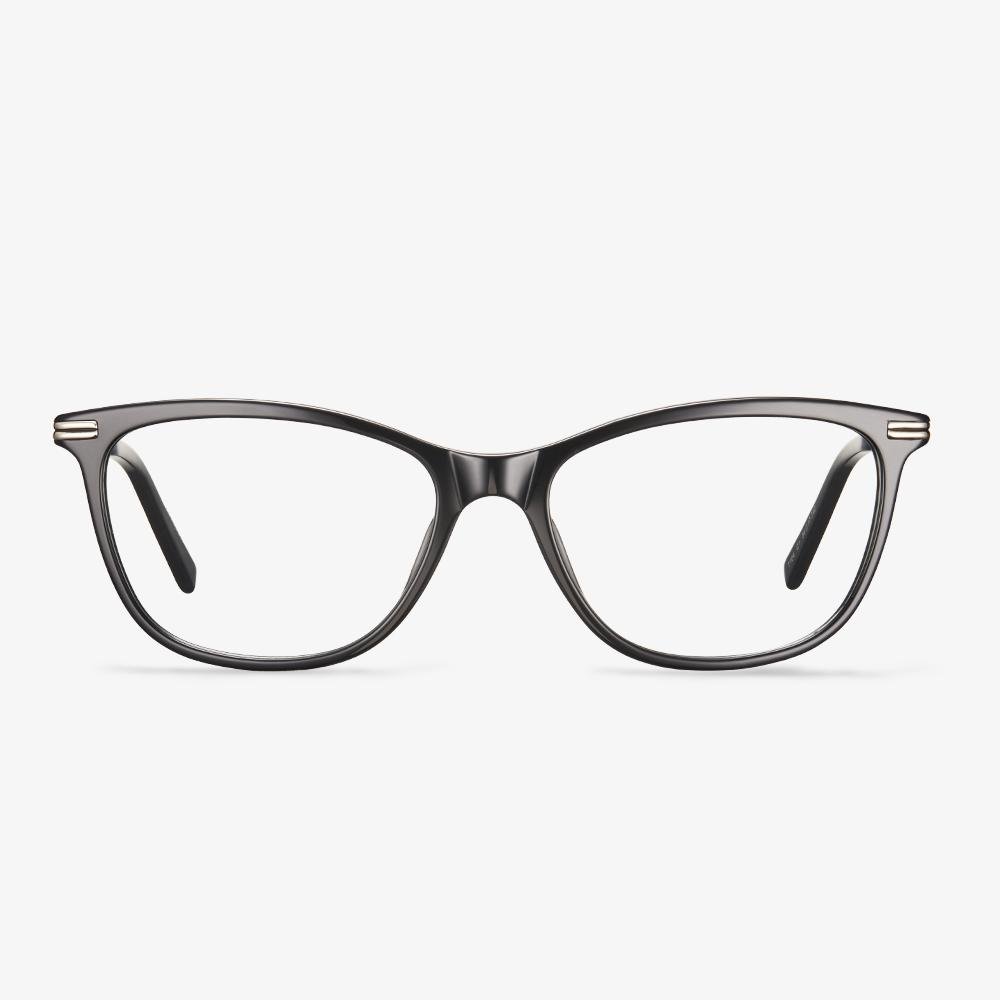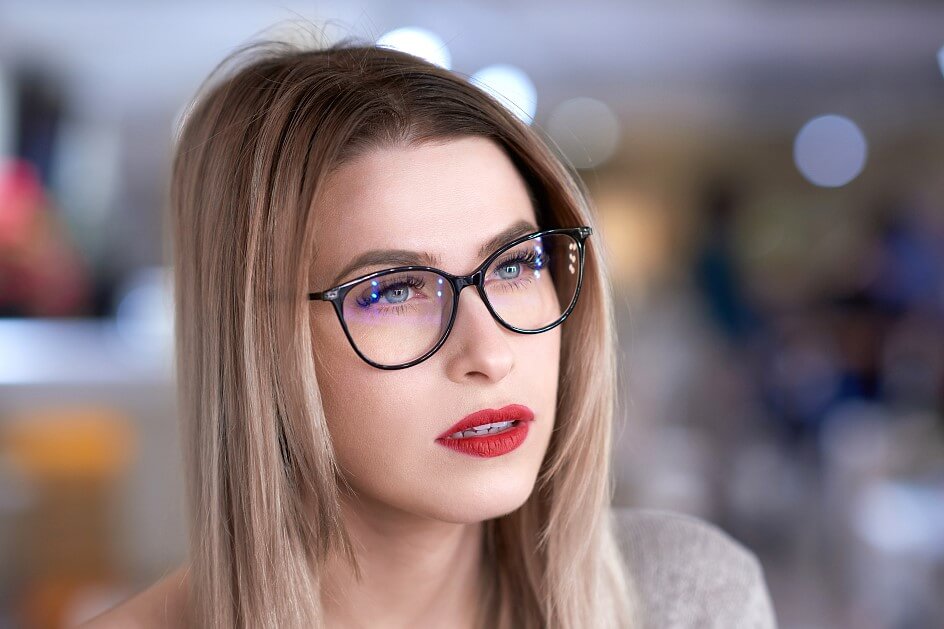How to clean the lenses?
When wiping lenses (especially the rimless glasses of resin lens), you must use a special wipe lens or soft handkerchief or paper. When you wipe the lens, you can only wipe it in one direction, not in circles, and don't touch the lens with your fingers. When the lens is stained with dust and sand, it should be washed with water before wiping, otherwise, the lens is likely to be abraded, and the operation should be gentle. At ordinary times, when cleaning, do not exert too much force, pay attention to the grasp of strength. When wiping the lens, it is best to take the side frame with one hand, and the other hand takes the glasses cloth to wipe gently. In order to prevent the lens film layer falls off, do not use alkaline detergent to wipe the lens. Therefore, when bathing or playing at the seaside, glasses should be properly kept to avoid water vapor or seawater caused by corrosion of glasses.
Cyxus Blue-Light-Blocking Glasses for Kids
So the price you pay for a pair of blue light blocking lenses depends more on the quality and style of the frame than on the effectiveness of the lens. The glasses, which come in a black and pink frame, come with a waterproof case in the shape of a rabbit, a cleaning cloth, and a blue-light flashlight to test the lenses. The brand's boxes come in very cute kids' colors and shape to make it fun. (In addition to the all-black version, there are blue, green, and red versions.)
Who are suitable for progressive lenses?
A progressive piece is suitable for most old people to wear. The proper person is the one who has the visual needs of the long, medium and short distance cares about beauty, and is willing to accept new things. In order to avoid binocular vertical prism differences, for the wearer whose equivalent spherical lens with anisometropia is more than 2D, especially if the difference in refractive power of the vertical meridian is more than 2D, it should be checked with caution. Opticians whose vision needs do not match the progressive lens design, like dentists, often experience blurred vision when working with the far side of the lens to look closer.
Prepare a few pairs of glasses
Many people now have a 'reserve' of glasses. For example, you can choose two pairs of glasses. One pair is for daily use, and the style should be relatively simple and traditional. The other pair is for use at gatherings or weekends and can be as cool as you want. The more conservative style is a thin and bright metal frame that matches the shape of your face. For the other pair, you can choose a flat plastic frame or a shiny polished metal frame with a unique shape.
They can reduce glare.
They can absorb blue atmospheric scattering and provides more contrast. When performance is your top priority, the right lens tone can give you the results you want. UV rays are blocked by a special coating on the lenses. And inferior sunglasses not only cannot hold back ultraviolet rays but let lens permeable luminosity drops seriously, making pupil greens. Ultraviolet rays can shoot in large quantities instead, your eye is damaged.
Accurate optometry is key.
Optometry before wearing glasses is very key. Children's optometry should choose mydriasis optometry. Mydriasis optometry is a method of optometry designed specifically for children. It works by using drugs to completely paralyze the ciliary muscle of the eye so that it loses its regulatory role. So you can check out the child is true myopia or pseudomyopia. During optometry, you should pay attention to let the child as far as possible to relax, so as not to affect the effect of optometry. For the sake of children's health, it is recommended that parents and friends can take their children to a professional optometry place to choose glasses. In addition, do not rely solely on optometry to determine the child's glasses, but to see which degrees are more suitable.
Understand the basic knowledge of prescription of glasses
The prescription mainly includes the refractive status of the eye, degree of correction required, pupil distance, and the purpose of using the lens. Nowadays, there are many brands and varieties of glasses. Glasses are usually classified according to the material, structure, and use of the lens. Most of the glasses in the prescription are classified by structure. Nowadays, single vision glasses and multi-focal glasses are mainly used, and multi-focal glasses include bifocal glasses, three-lens glasses, and progressive multifocal lenses.











































